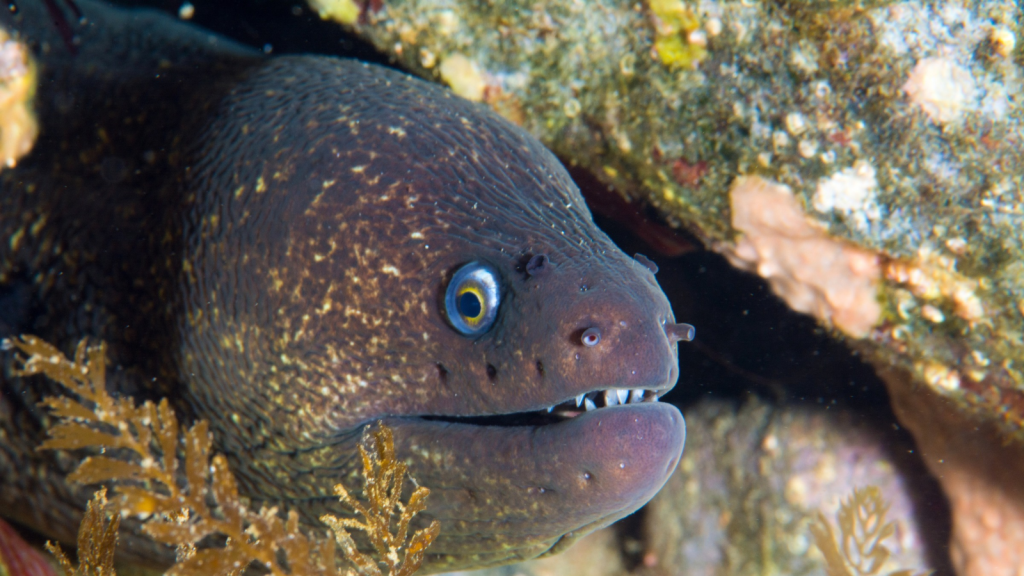The Caribbean’s warm waters and lush islands are home to some of the world’s most fascinating hunters. From silent stalkers of the deep to lightning-fast aerial attackers, these creatures have evolved to become masters of their domains. While many might think of the Caribbean as a peaceful paradise, it’s actually teeming with formidable predators. Some are small but pack a powerful punch, while others are massive and awe-inspiring. Get ready to meet the Caribbean’s most fearsome inhabitants!
Great Barracuda

The great barracuda is a swift and deadly hunter of the Caribbean seas. With razor-sharp teeth and a streamlined body, it can reach speeds of up to 35 mph when chasing prey. These silver torpedoes can grow up to 6 feet long and are known for their sudden, powerful attacks on unsuspecting fish. Barracudas have excellent eyesight and are attracted to shiny objects, which can sometimes lead to attacks on swimmers wearing jewellery.
Tiger Shark
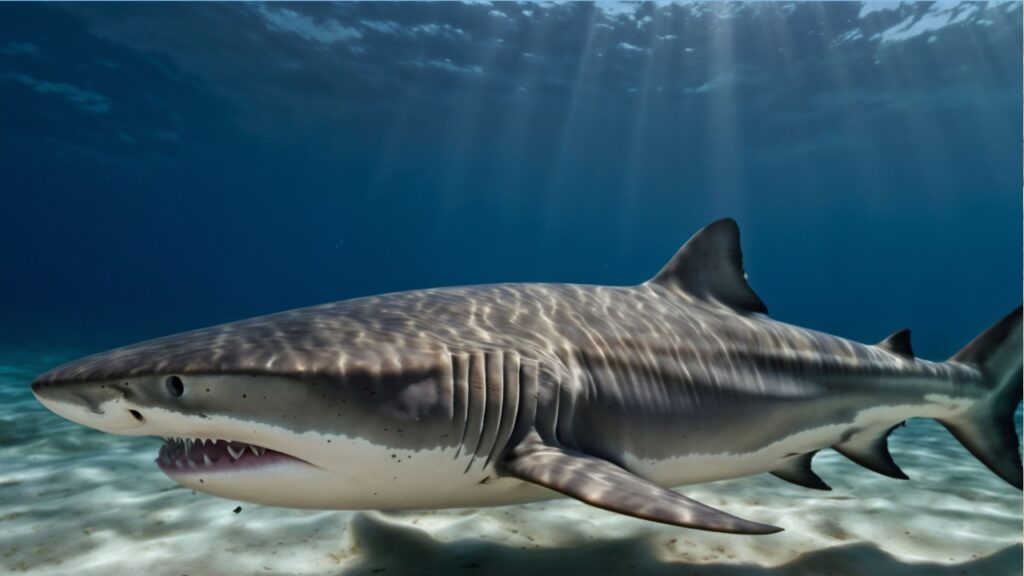
Tiger sharks are among the largest predators in the Caribbean, growing up to 14 feet in length. They’re famous for eating almost anything, from sea turtles and dolphins to licence plates and tyres. Their powerful jaws and serrated teeth make short work of tough prey, earning them the nickname “garbage cans of the sea”. Tiger sharks play a crucial role in maintaining the health of seagrass beds by controlling the populations of sea turtles and dugongs.
American Crocodile
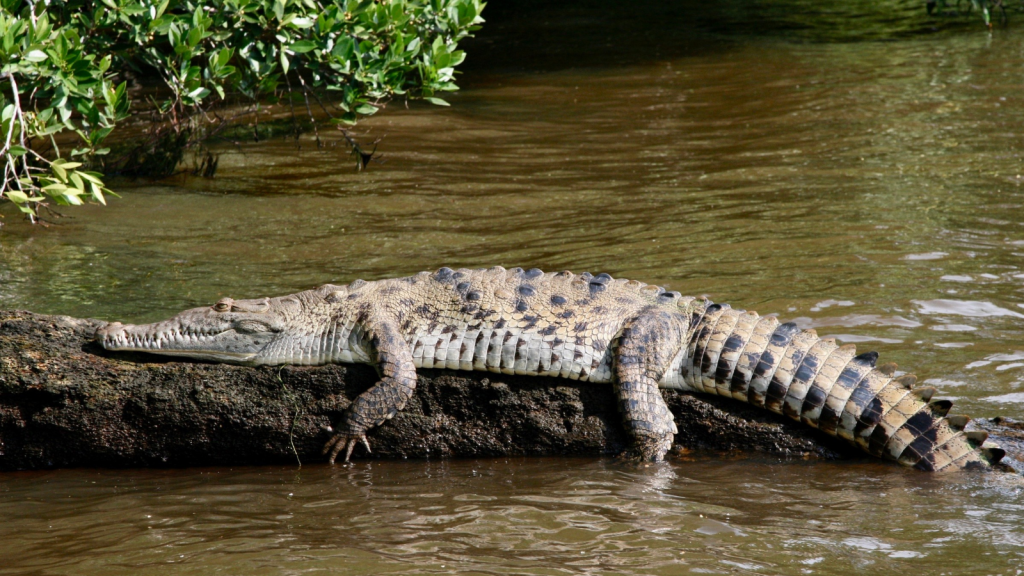
These ancient reptiles lurk in the coastal areas and mangrove swamps of the Caribbean. American crocodiles can grow up to 20 feet long and are excellent ambush predators. They use their powerful tails to propel themselves through the water and their strong jaws to grab unsuspecting prey from the shoreline. Unlike their more aggressive relatives, American crocodiles are generally shy around humans and prefer to avoid contact.
Boa Constrictor

The boa constrictor is a powerful snake found on many Caribbean islands. It uses its muscular body to wrap around and squeeze its prey, which can include animals as large as wild pigs. Boas have heat-sensing pits on their faces, allowing them to detect warm-blooded prey even in complete darkness. These snakes play an important role in controlling rodent populations on the islands they inhabit.
Giant Centipede

Don’t let its small size fool you – the giant centipede is a fierce predator of the Caribbean. Growing up to 30 cm long, these fast-moving arthropods use venomous claws to immobilise their prey. They’ve been known to take down animals much larger than themselves, including birds and bats. Giant centipedes are primarily nocturnal and use their long antennae to navigate and locate prey in the dark.
Lionfish
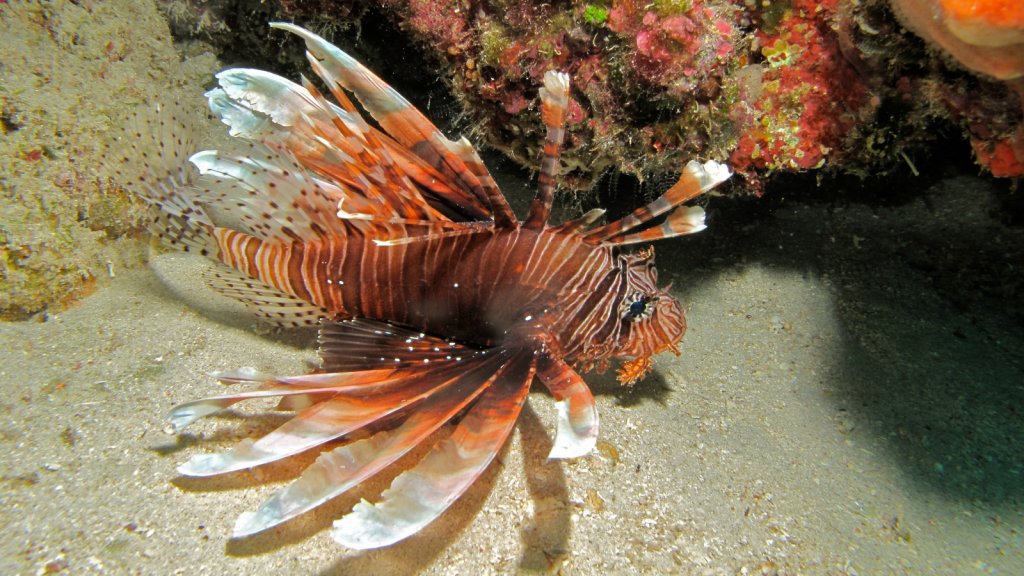
The lionfish is a beautiful but deadly invader in Caribbean waters. Its striking appearance hides venomous spines that can cause intense pain to any would-be predators. Lionfish are voracious eaters, consuming almost anything they can fit in their mouths and posing a serious threat to native fish populations. Many Caribbean countries have launched lionfish hunting programs to help control their numbers and protect local ecosystems.
Cuban Boa
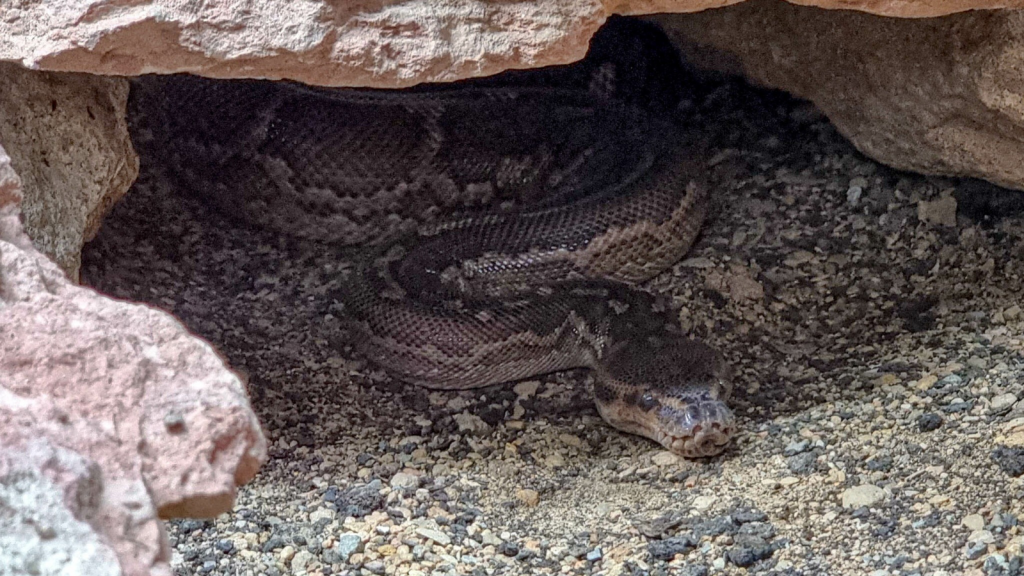
The Cuban boa is the largest snake in the Caribbean, reaching lengths of up to 16 feet. These powerful constrictors are excellent climbers and swimmers, allowing them to hunt a wide variety of prey. They’ve even been observed hunting in packs, a rare behaviour for snakes. Cuban boas have a unique hunting strategy where they hang from cave ceilings to catch bats in mid-flight.
Goliath Grouper
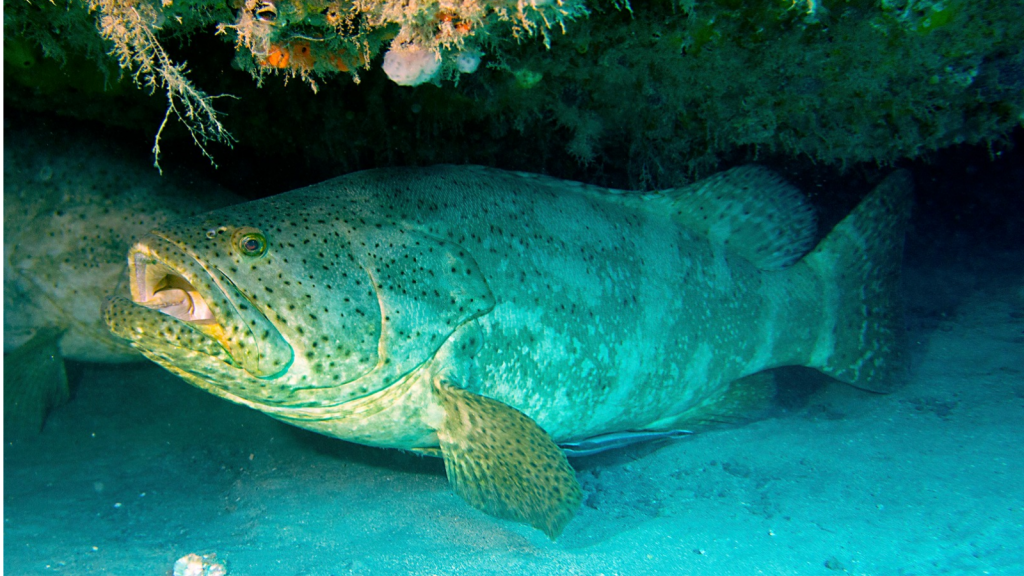
The goliath grouper is a massive fish that can grow to over 8 feet long and weigh up to 800 pounds. These gentle giants use their large mouths to create suction, swallowing smaller fish whole. Despite their size, they’re ambush predators, patiently waiting for the right moment to strike. Goliath groupers can produce a loud booming sound by contracting their swim bladders, which they use to defend their territory and communicate with other fish.
Jaguar
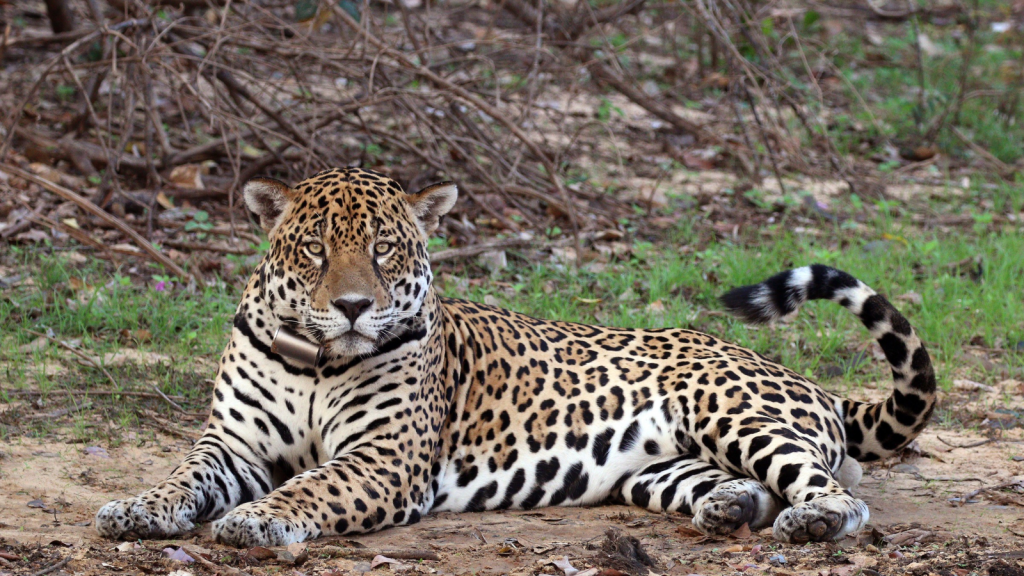
While jaguars are more commonly associated with Central and South America, they can also be found in parts of the Caribbean coast. These powerful big cats are excellent swimmers and climbers, allowing them to hunt both in the water and on land. Their incredibly strong jaws can pierce the shells of turtles and the tough skin of caimans. Jaguars have the strongest bite relative to their size of any big cat, with a bite force up to twice that of a lion.
Killer Whale
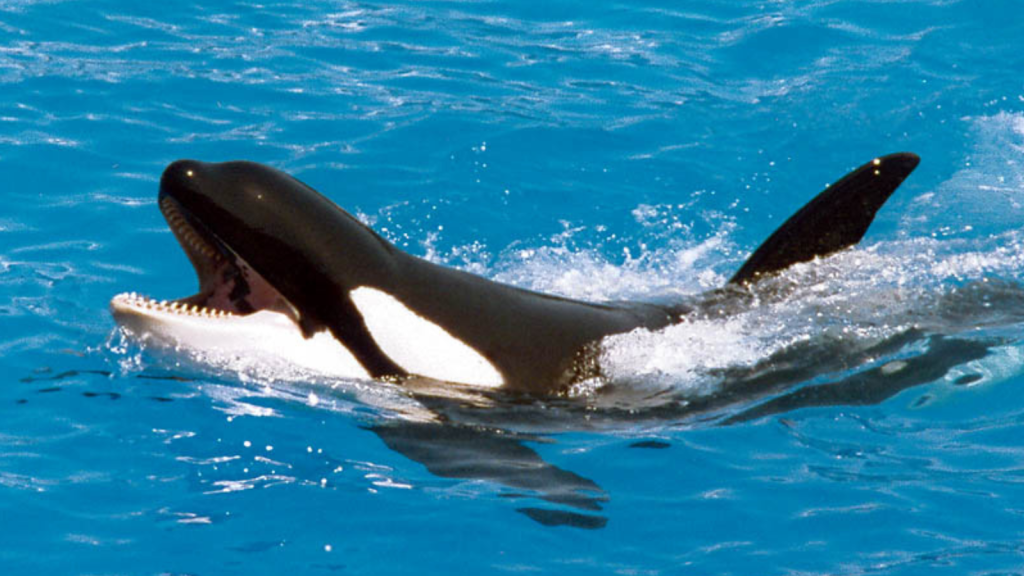
Also known as orcas, killer whales are the ocean’s top predators and can occasionally be spotted in Caribbean waters. These intelligent mammals can grow up to 32 feet long and weigh up to 6 tons. Killer whales are known for their sophisticated hunting techniques and often work together in pods to take down large prey. In the Caribbean, they’ve been observed hunting everything from fish and squid to sea turtles and even other whale species.
Bull Shark
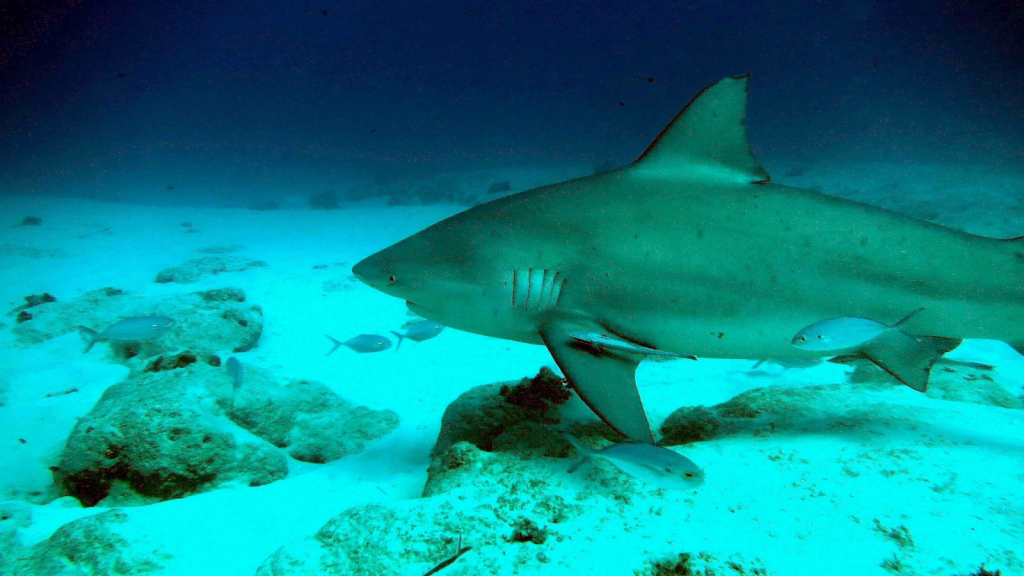
Bull sharks are one of the most dangerous shark species in the Caribbean due to their aggressive nature and ability to tolerate freshwater. They can swim far up rivers and have been found in lakes, bringing them into frequent contact with humans. Their powerful bite and stocky build make them formidable predators. Bull sharks have special glands that help them maintain their salt balance, allowing them to move between salt and freshwater environments with ease.
Barred Frogfish
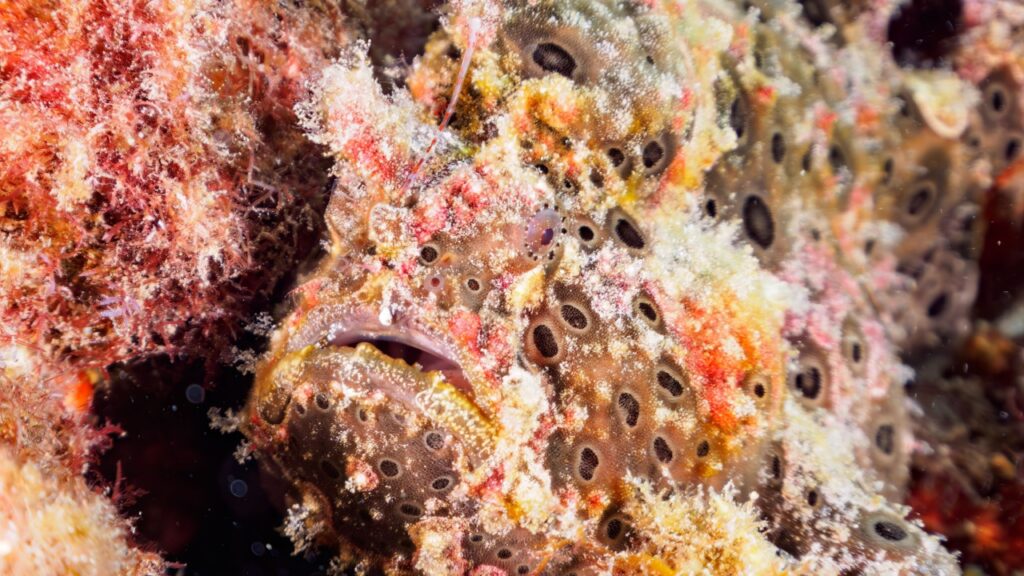
The barred frogfish is a master of camouflage and ambush predation in Caribbean coral reefs. Despite its small size, typically less than 20 cm long, this fish is a voracious predator capable of swallowing prey nearly its own size. The frogfish uses a fleshy lure called an esca to attract unsuspecting fish, then strikes with lightning speed, opening its enormous mouth to create a vacuum that sucks in its prey. Its ability to change color and texture to match its surroundings makes it a formidable hunter on the reef.
Great Hammerhead Shark
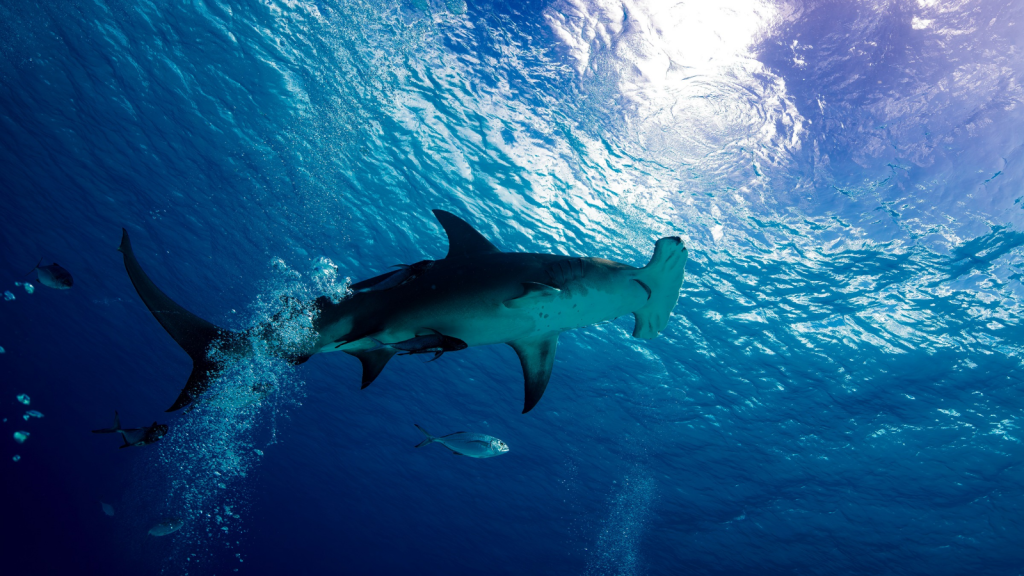
The great hammerhead shark is easily recognisable by its unique, hammer-shaped head. This adaptation gives the shark an excellent field of vision and the ability to detect electrical signals from prey hidden in the sand. They can grow up to 20 feet long and are known for their ability to catch fast-moving prey like squid and other sharks. Great hammerheads are also known to use their oddly shaped heads to pin stingrays to the seafloor before feeding on them.
Cuban Crocodile
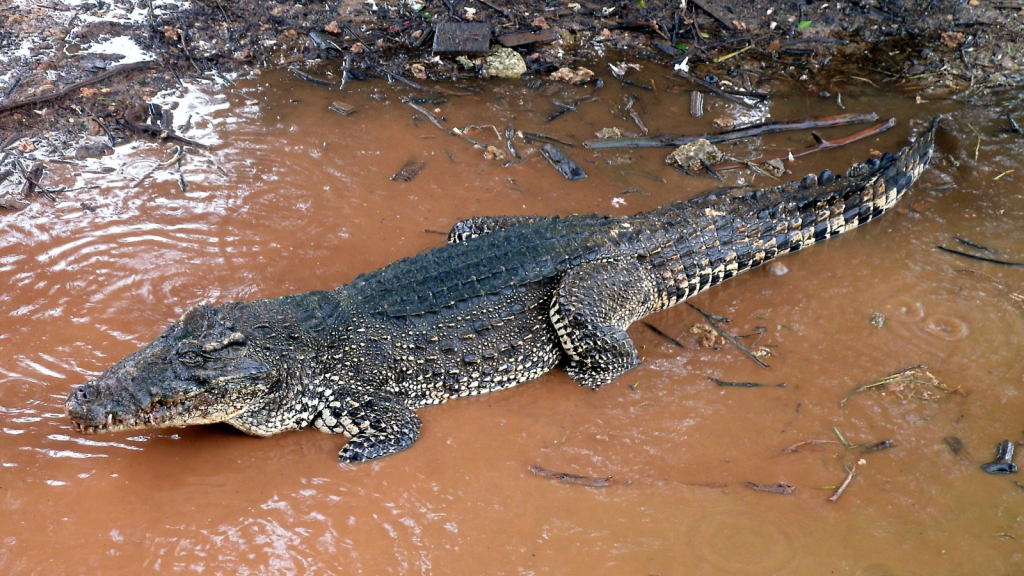
The Cuban crocodile is one of the world’s most endangered crocodile species, found only in Cuba’s Zapata Swamp and the Isle of Youth. Despite its rarity, it’s known for being one of the most aggressive crocodile species. These reptiles are excellent jumpers, able to leap high out of the water to catch prey. Cuban crocodiles are also highly intelligent and have been observed using tools, such as sticks, to lure birds within striking distance.
Moray Eel
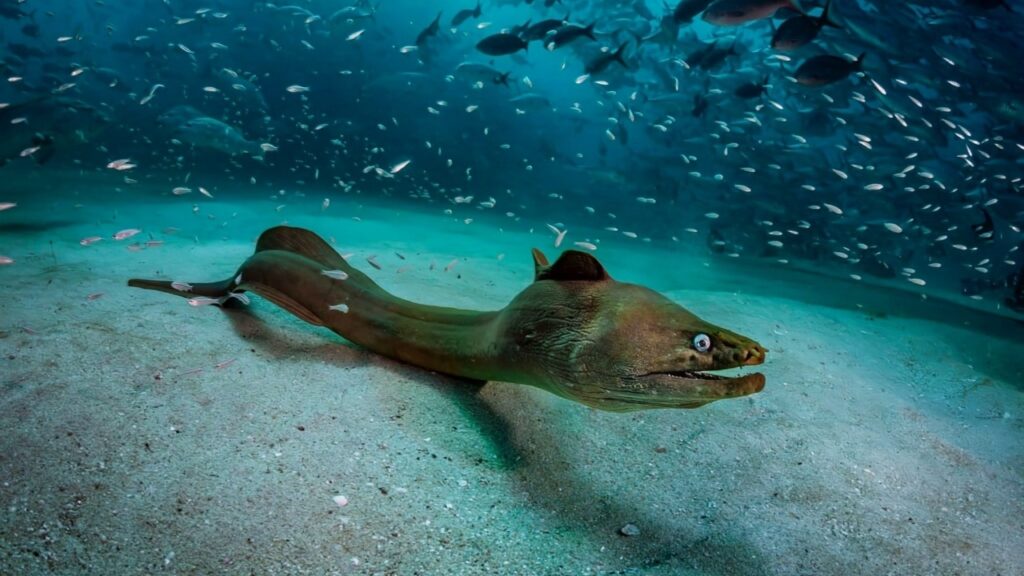
Moray eels are fearsome predators that lurk in the crevices of Caribbean coral reefs. With long, snake-like bodies and powerful jaws filled with sharp teeth, they’re well-equipped to snatch passing fish. Some species can grow up to 13 feet long, making them one of the largest eel species in the world. Moray eels have a unique second set of jaws in their throats, called pharyngeal jaws, which they use to drag prey into their gullets.
Box Jellyfish

While not traditionally thought of as a predator, the box jellyfish is one of the most dangerous creatures in the Caribbean Sea. Its tentacles are covered in tiny, venom-filled darts that can cause excruciating pain and even death in humans. These almost invisible hunters use their venom to quickly paralyse small fish and crustaceans. Box jellyfish have 24 eyes, grouped into four clusters, allowing them to navigate through the water and avoid obstacles with remarkable precision.
Becky is a fervent wildlife enthusiast and pet care expert with a diploma in canine nutrition. Her love for animals stretches beyond the domestic, embracing the wild tapestry of global fauna. With over a decade of experience in animal welfare, Becky lends her expertise to OutlandishOwl through insightful articles, captivating wildlife information, and invaluable guidance on pet nutrition. Her work embodies a deep commitment to understanding the intricate lives of animals and a passion for educating others on sustaining natural habitats. Becky's hands-on conservation efforts and her knack for translating complex dietary science into practical pet feeding tips make her an indispensable voice for creatures great and small.

